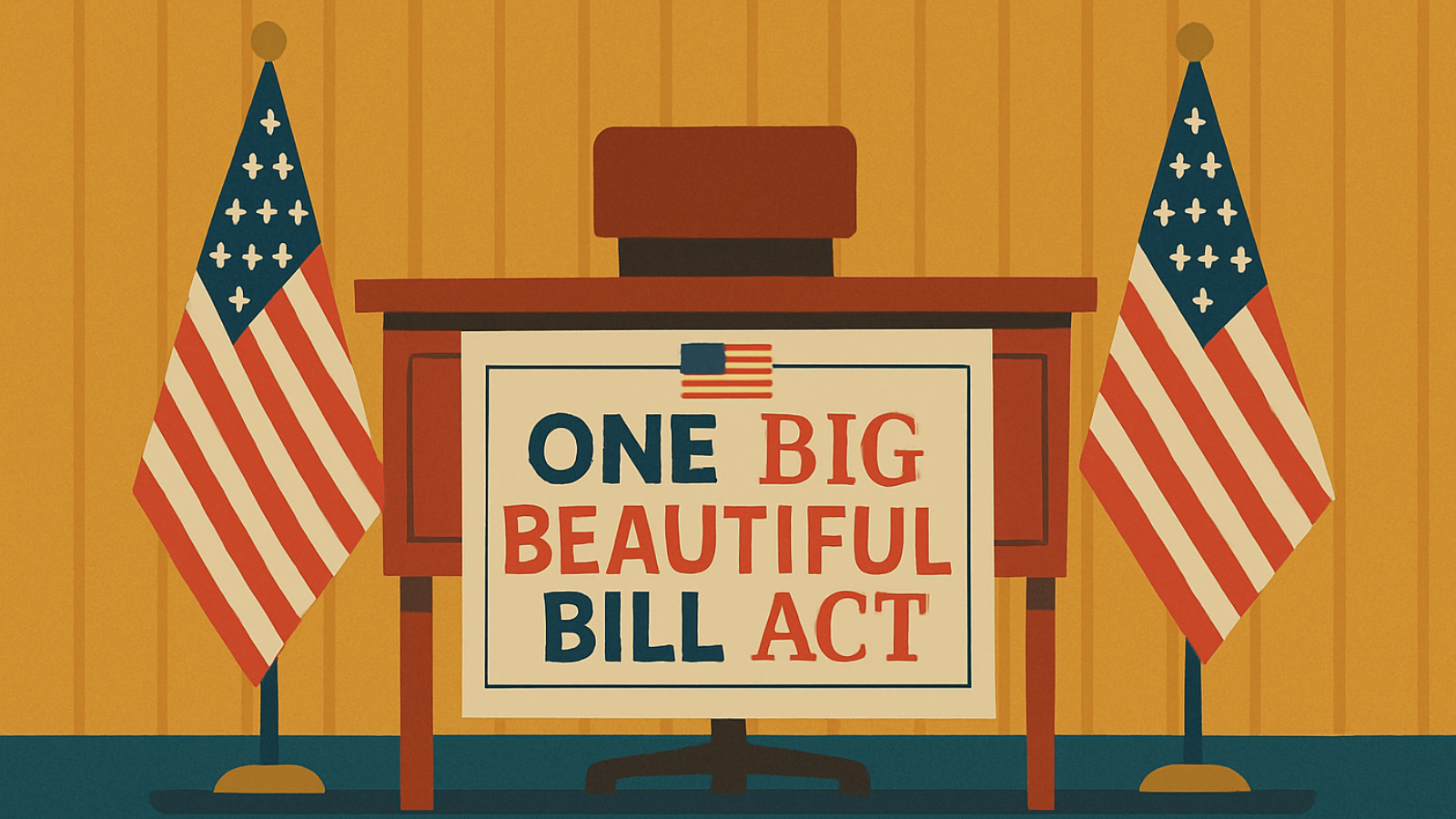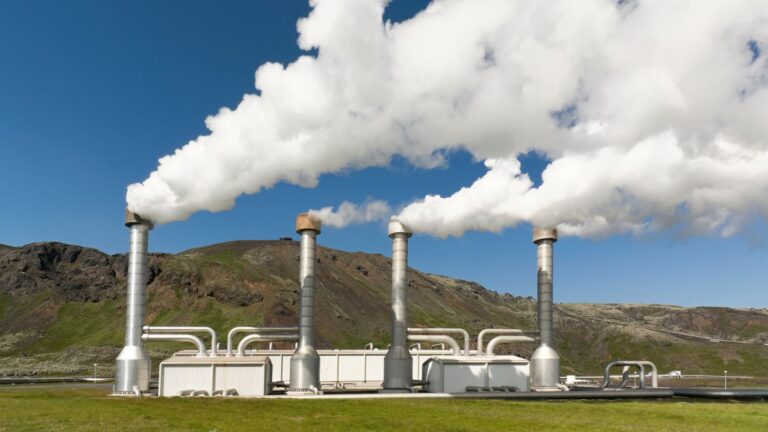Power prices are expected to soar under new tax cut and spending law
In states without policies to drive renewable energy, power prices could surge as federal tax incentives for clean energy disappear, according to Energy Innovation, a think tank.
Current Access Level “I” – ID Only: CUID holders, alumni, and approved guests only
Co-CEO Copenhagen Offshore Partners and CEO of Vineyard Offshore
Excitement is brewing over an Atlantic offshore wind project 15 miles east of Massachusetts. Developers of the first utility-scale project in the country have begun laying the foundations for 62 planned turbines.
Vineyard Wind, the nation’s first commercial scale offshore wind farm, is expected to generate 800 MW of electricity. A joint venture of Copenhagen Infrastructure Partners and Avangrid Renewables, Vineyard Wind would power 400,000 homes and businesses in Massachusetts annually. State officials are confident this project, and others coming down the pike, will play a critical role in meeting net zero by 2050 goals.
But challenges remain for offshore wind. Inflation is driving up costs, complicated logistics for groundbreaking projects could cause delays, and opposition from the commercial fishing industry, which has deep roots in the area, is still strong.
What role will public policy play in getting this and other offshore projects across the finish line? And how will it impact the rest of the industry?
This week host Bill Loveless talks with Lars Thaaning Pedersen about the Vineyard Wind project and the policy support that has kept it moving forward. They also discuss the challenges of developing offshore wind projects in the U.S. Lars is co-CEO of Copenhagen Offshore Partners (COP) and CEO of Vineyard Offshore. Both organizations are engaged in offshore wind development and the energy transition around the world. Prior to founding Copenhagen Offshore Partners in 2015, Lars held executive positions at DONG Energy, which is now Ørsted. He has been involved in more than 10 offshore wind projects in Europe since 2008, and is now focusing his attention on the U.S. as well as other areas of the world.
Many parts of the US have experienced brutal, deadly heat in recent weeks—and there’s plenty of summer left. Intense rainfall, made more likely by warming, dropped more than...

Artificial intelligence is transforming our world—and the energy sector. Earlier this year, the International Energy Agency (IEA) released a comprehensive report examining both AI’s projected energy demands and...

The global energy landscape is shifting right now. Geopolitical tensions in the Middle East, debates about peak oil demand, and waning support for climate action in some parts...

Just two days after President Trump deployed America’s military to attack Iranian nuclear development sites, a shaky ceasefire between Israel and Iran brokered by President Trump emerged. So...

This special CGEP blog series, featuring six contributions from CGEP scholars, analyzes the potential impacts of the OBBBA across a range of sectors.


New government documents seek to align the climate disclosures of Chinese companies with national priorities and global best practices. Edmund Downie (Princeton U) and Erica Downs (Columbia U) write for Shuang Tan.
